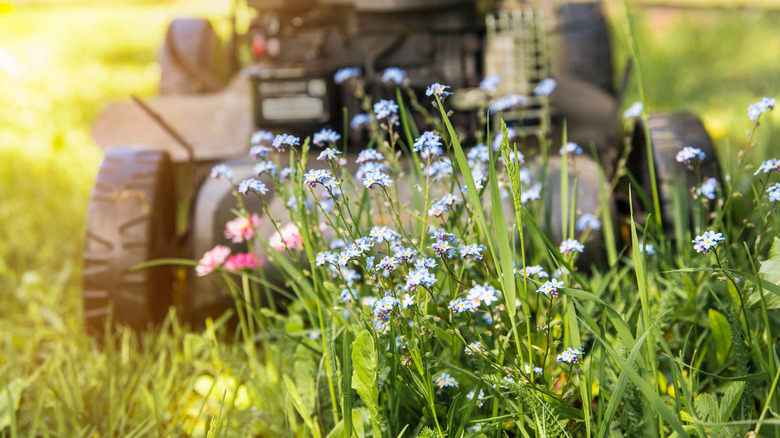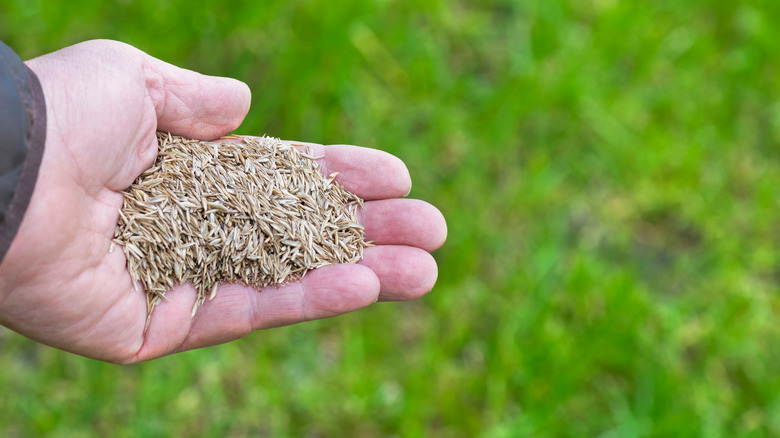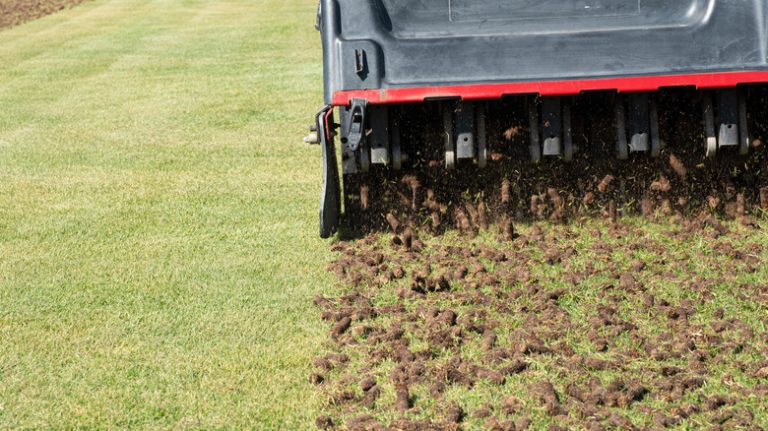Do you live in a drier climate and struggle to strike the perfect balance between an appealing yard and committing to water conservation? Welcome to the world of bee lawns, also known as pollinator lawns. This unique approach to lawns merges the toughness of turf grass with the beauty and ecological boon of low-growing, nectar-heavy perennial flowers. The result is a carpet-like lawn, sparkling with blooms and buzzing with activity from bees and other pollinators. But these lawns don’t just draw pollinators like bees into your yard. More importantly, they’re relatively easy-going, taking a less-is-more approach to maintenance, and perfect for hot and dry climates where water can often be a limited resource.
However, not every plant can bear the pressures of a pollinator lawn. Many will buckle under the resolute grind of a lawnmower or the thump of a playful child’s foot, while others might not sit well with your grass. The ideal candidates for a bee lawn ought to be low-growing and flowering, resilient enough to withstand foot traffic, and accommodating providers of pollen and nectar for bees. They must also be perennial so they return year after year and should have a harmonious relationship with your grass, not strangling it but cohabitating with it.
The benefits of pollinator gardens in dry climates

When the sun cranks up the heat and rain plays hard to get, maintaining a lush green lawn seems like a dubious dream. Regular grass may start resembling a desolate battlefield, starving for water. It’s a constant battle against nature, and, let’s be honest, the escalating water bills don’t make it any easier. A bee lawn suffices here as your water-wise savior. Rather than featuring single-species fields vulnerable to dry spells, pollinator gardens combine drought-tolerant flowering plants with compatible grasses to create a beautiful blend of resilience. These aren’t your average space-fillers; they’re hard-as-nails gems like clover and self-heal that excel at playing hardball in harsh conditions. With their roots diving deep into the soil, they withstand dry spells and reduce your need to water and care for them. Not to mention that both varieties’ roots join forces as armor against soil erosion.
But the magic of pollinator lawns doesn’t stop at resilience and aesthetics. Traditional lawns are high-maintenance, with their intact beauty often depending on various chemicals, including pesticides and synthetic fertilizers. However, regular use of these lawn chemicals can harm local biodiversity, soil microorganisms, and water systems. Pollinator patches trump their conventional counterparts with the ability to thrive naturally, cutting down dependency on harmful chemicals. You’ll also appreciate the resultant environmental domino effect. Picture turning your backyard bustling with life, with added protection for your soils and waters — all while minimizing those water worries synonymous with dry spells.
How to plant a bee lawn in a dry area

Homeowners associations and municipalities like to keep tabs on what’s happening in yards, so ensure your vision of a thriving pollinator garden meets the local regulations. It would also be nice to tip off your neighbors about your floral transformation and the occasional buzzing guests. Next, identify the best companion plant for your grass. It’s not just about beauty; you’re curating a nature-friendly landscape with local, pollinator-drawing, resilient outdoor plants for dry climates. Clover is an excellent choice: it’s low maintenance, perennially green, and all-inclusive, inviting bees of all sorts to its nectar party. Plus, its nitrogen-fixing capability eliminates the need for nitrogen fertilizer applications, a win for your wallet and Mother Earth. And if you want to turn it up a notch with a vibrant purple? Consider self-heal.
In the next stage, the existing grass takes on a supporting role. Fescues like chewings and hard fescues often steal the limelight here. If ever in doubt, turn to your local seed company or gardening center for a pollinator lawn seed mix tailored to your region. Now, let’s talk about preparation. If you’re nursing an old lawn back to life, mow it low for firm seed-soil contact. Aerating your soil is next on the to-do list, which provides better water infiltration, setting the stage for stellar germination. And as summer gives way to fall, it’s the optimal time to roll out your bee lawn, whether overseeding or installing a new patch.
